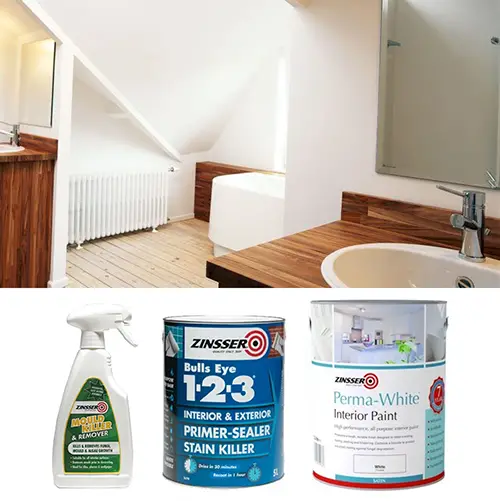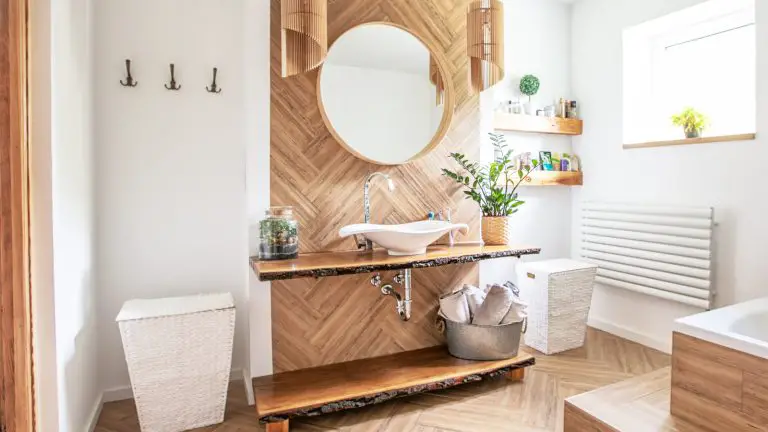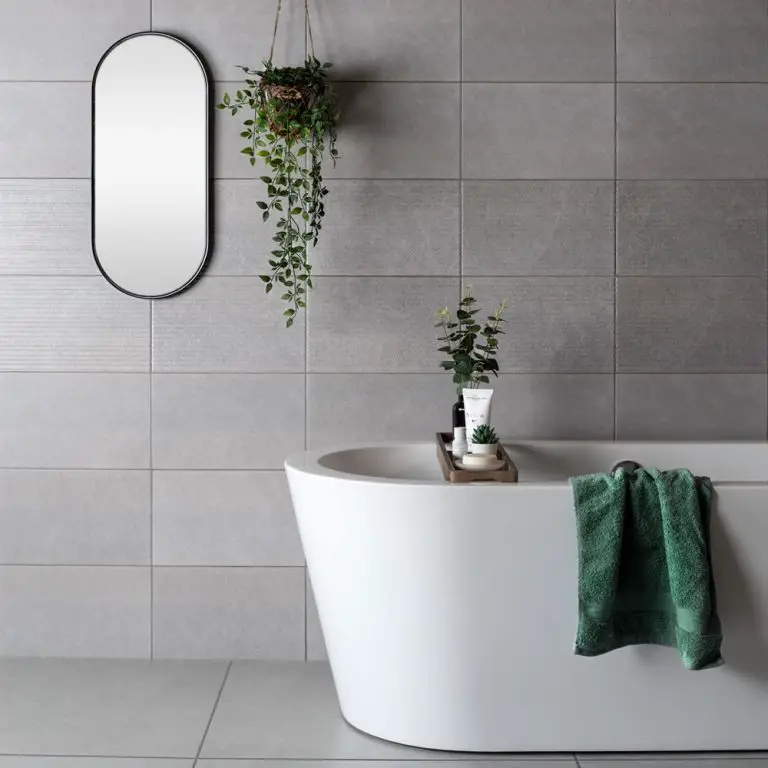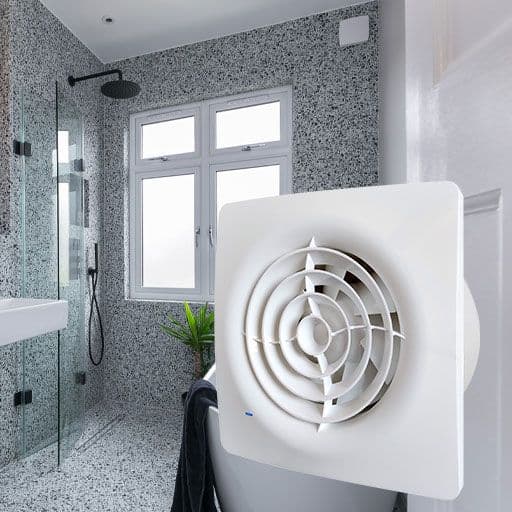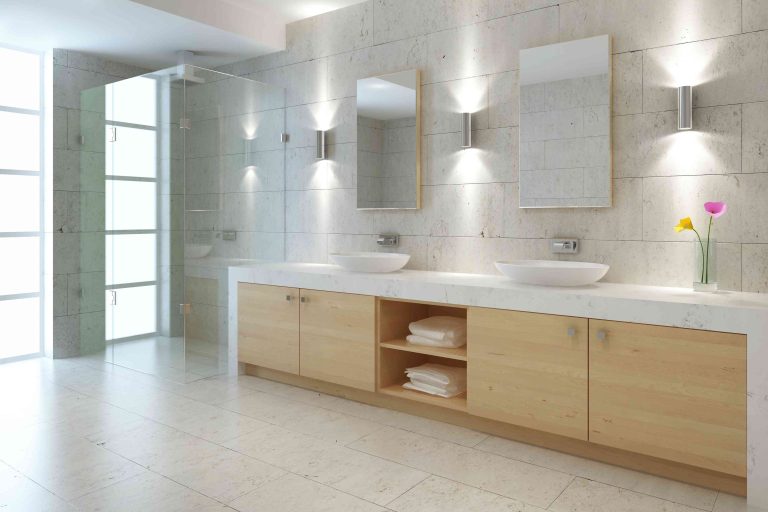What Is The Best Paint For High Moisture Areas?
High-moisture areas like bathrooms, laundry rooms, and kitchens can be difficult to paint due to the potential for water damage and mold. The best paint for high moisture areas is moisture-resistant paint like latex-based paint or oil-based paint. These types of paints are designed to resist water and are more durable than regular paints. They also have the added benefit of preventing mold and mildew growth. When choosing a paint for high moisture areas, look for one that is specifically designed for the area. Some paints are more resistant to water and humidity than others, so make sure to read the label and choose the right one for your needs.
Overview of High Moisture Areas
High moisture areas often present a unique challenge for homeowners. From mold to mildew, high moisture environments can cause problems for both the structure of the home and its inhabitants. This overview will help to identify areas prone to high moisture, as well as provide strategies for managing and preventing moisture-related issues. By understanding the causes of high moisture, homeowners can make informed decisions about how to manage their homes in a way that keeps moisture levels low and prevents costly repairs. Proper maintenance of these areas can also help to reduce the risk of water damage, mold, and mildew. Ultimately, by understanding the sources of high moisture and taking proactive steps to keep them in check, homeowners can enjoy a safe, healthy, and comfortable home.
Factors to Consider When Choosing Paint for High Moisture Areas
When choosing paint for high-moisture areas such as bathrooms and kitchens, there are several factors to consider. Firstly, you want to choose a paint that is waterproof and mildew resistant so that it can withstand humidity and moisture. Secondly, you should select a paint with a finish that is easy to clean and maintain, such as an eggshell or semi-gloss. This will help to keep the area looking fresh and new over time. Thirdly, you should look for paints that provide good coverage and that are fade and stain-resistant. Finally, you should select a paint that is VOC compliant, as this will help to ensure the air quality in the room remains healthy. By considering all these factors, you can be sure that the paint in your high moisture area will look its best and last for years to come.
Types of Paint Suitable for High Moisture Areas
High moisture areas such as bathrooms, kitchens, and laundry rooms can present a challenge when it comes to selecting the right type of paint. The most important factor to consider when selecting paint for these areas is moisture resistance. The key to a successful paint job in a high moisture area is to choose a paint that is designed for these conditions, such as a semi-gloss enamel, acrylic latex, or oil-based enamel. These types of paint are designed to withstand humidity and condensation, and can also be cleaned and scrubbed without damaging the finish. With the right type of paint, you can ensure that your walls will look great and last for years to come.
Advantages of Different Types of Paint for High Moisture Areas
Paint is an incredibly versatile material and the right type of paint can make or break your project. For high moisture areas, it’s important to choose a paint that will stand up to the elements and provide long-lasting protection. The advantages of different types of paint for high moisture areas vary, but generally speaking, oil-based paints provide a more durable finish that can resist water penetration, while water-based paints are easier to clean and remove. Oil-based paints are also more resistant to fading, while water-based paints are better for reducing odors and increasing the lifespan of the paint job. Ultimately, the best paint for each individual project will depend on the environment and the desired effect.
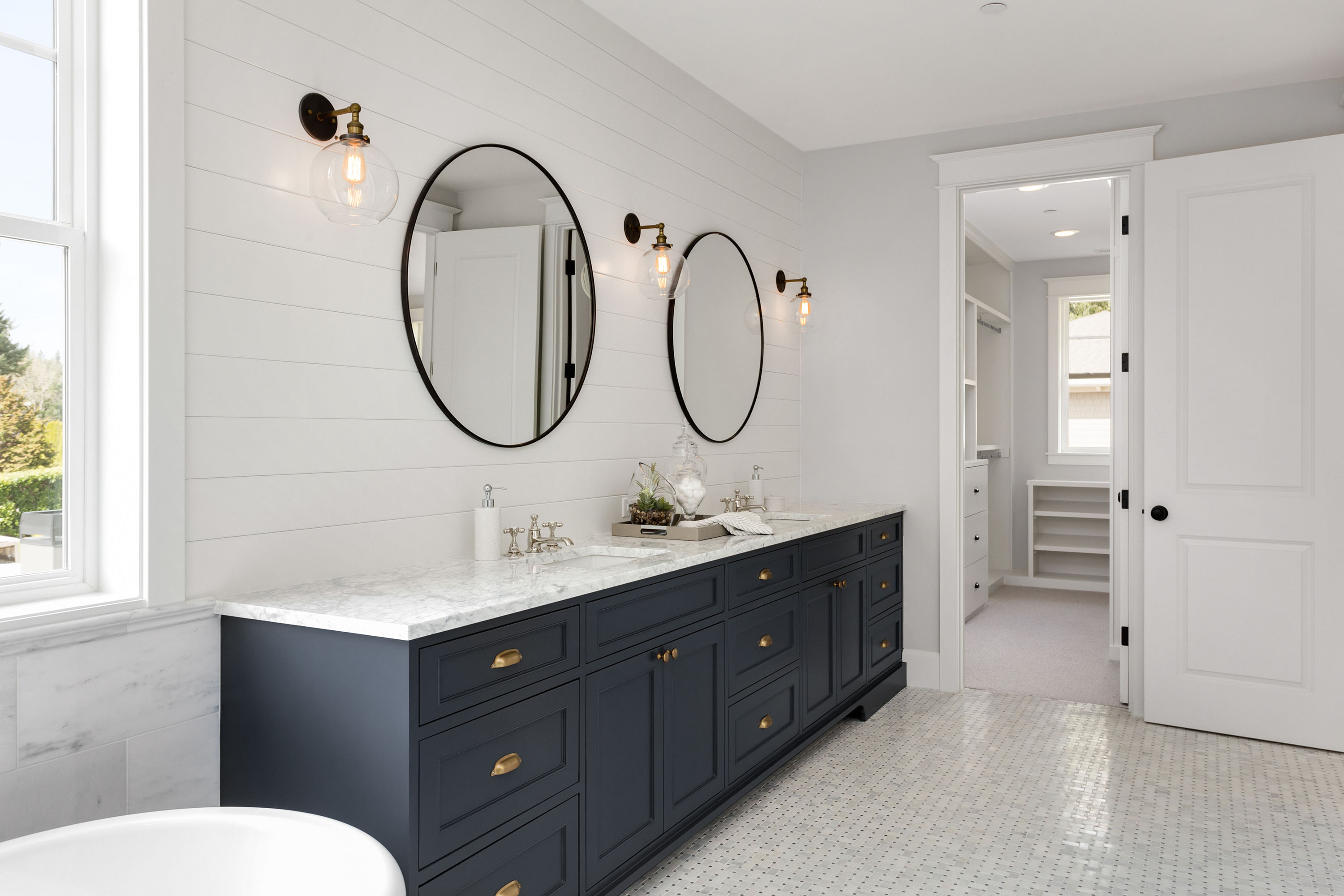
Disadvantages of Different Types of Paint for High Moisture Areas
Paint can often be the best way to give a room a much-needed makeover. However, when it comes to high-moisture areas, not all paints are created equal. Different types of paint have different pros and cons, and it’s important to understand these differences before deciding which type to use. Latex paints are generally the most popular type of paint for high-moisture areas, as they are water-resistant and provide a long-lasting finish. On the other hand, oil-based paints are not recommended for high-moisture areas due to their lack of water resistance. Additionally, they can be difficult to clean and are prone to flaking and peeling. Finally, alkyd paints are also not recommended for high-moisture areas, as they are not as durable and water-resistant as latex paints. Understanding the disadvantages of each type of paint is crucial in order to make the best choice for high-moisture areas.
How to Prepare a High Moisture Area for Painting
Painting a high moisture area can be challenging, but with the right preparation and techniques, it can be easily achieved. The first step to preparing a high-moisture area for painting is to make sure the area is clean and free of dirt, dust, and debris. It is also important to apply a coat of primer to the area, as this will help to seal the surface and protect the paint from high moisture levels. Additionally, it is important to use paint specifically designed for high moisture areas, as this will provide the best adhesion and protection from water damage. Finally, make sure to use a high-quality paintbrush or roller to apply the paint, as this will ensure even coverage and a professional-looking finish. With the right preparation and materials, painting a high-moisture area can be a relatively straightforward process.
Tips for Painting High Moisture Areas
Painting high-moisture areas can be a challenging task, but with the right tips, you can get the job done in a professional, efficient manner. Start by ensuring that the area is adequately prepped, which includes priming and sealing any cracks or spaces that could allow water to penetrate. Be sure to choose a high-quality, water-resistant paint to ensure that it will last. When painting, use the right tools and techniques—a brush will provide better coverage than a roller and a paint sprayer will help you apply an even coat. Lastly, plan ahead and be sure to allow plenty of time for the area to dry and cure before you start using it. With these tips, you should be able to paint high-moisture areas with confidence.
FAQs About the What Is The Best Paint For High Moisture Areas?
What type of paint should I use for high-moisture areas?
The best paint for high-moisture areas is a water-based, low-VOC (volatile organic compounds) paint that is designed for use in bathrooms, kitchens, and other high-moisture areas.
How often do I need to re-paint high moisture areas?
It is recommended to re-paint high moisture areas every three to five years to ensure that the paint is still in good condition and is providing adequate protection from moisture and mildew.
How do I know if the paint is suitable for high-moisture areas?
Look for a label or tag that states the paint is specifically designed for use in high-moisture areas. Avoid oil-based paints, as these are not suitable for high-moisture areas.
Conclusion
The best paint for high moisture areas is a paint that is water and mildew resistant, has a semi-gloss or gloss finish, and is specifically designed for use in wet areas. It is important to make sure that the surface is completely clean and dry before painting and to use a high-quality, mildew-resistant primer first. Additionally, using the right tools and techniques, such as using a brush with good-quality bristles and multiple coats, will ensure the best results.

